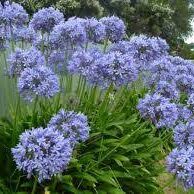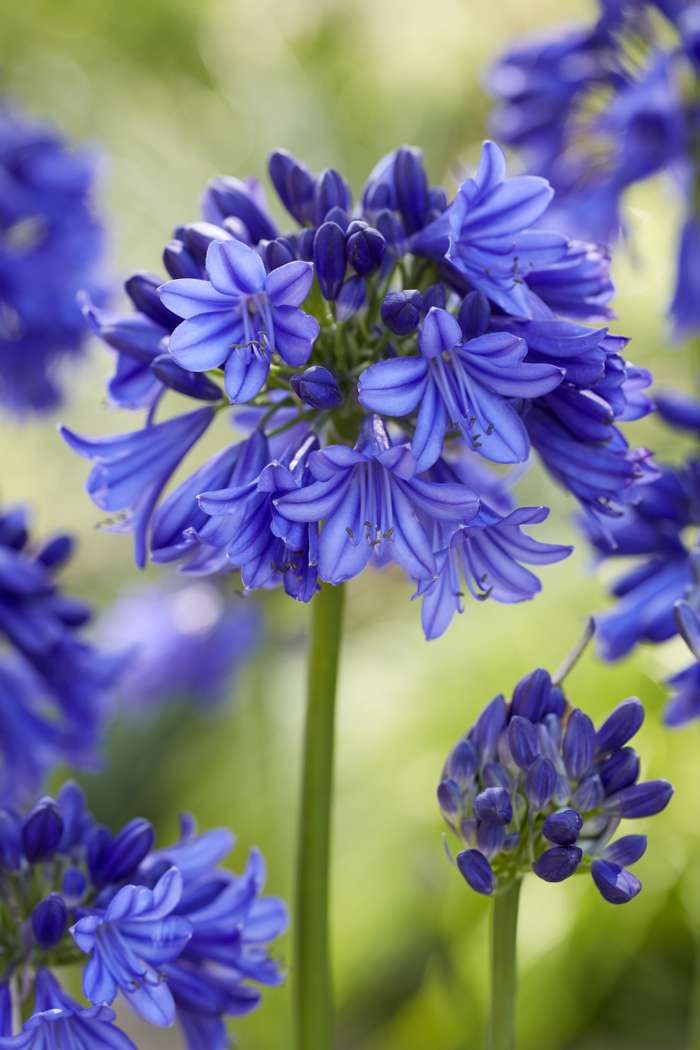Agapanthus Growing Problems: Soil, Sunlight, and Watering
Understanding the Art of Agapanthus Treatment: Crucial Steps for Healthy And Balanced Growth and Dynamic Flowers
In the realm of cultivation, the farming of agapanthus stands as a fulfilling undertaking for those who look for to nurture these sophisticated flowering plants. With their striking flowers and graceful vegetation, agapanthus has captured the attention of garden enthusiasts worldwide. However, attaining ideal development and lively blooms calls for a nuanced strategy that incorporates numerous essential steps. From choosing the appropriate variety to understanding trimming techniques, the journey in the direction of growing thriving agapanthus plants is complex and holds the vital to opening the full capacity of these herb gems.

Picking the Right Agapanthus Range

When choosing the best Agapanthus variety for your garden, consider elements such as environment viability, blossom color, and development routine. Agapanthus, frequently called Lily of the Nile or African lily, is available in a range of colors ranging from shades of blue and purple to white. Select a blossom shade that matches your existing garden scheme to create an unified landscape. In addition, take into consideration the environment in your region to make sure the Agapanthus variety you select can grow in your certain problems. Some selections are extra forgiving of chilly temperature levels, while others favor warmer environments. Recognizing the development practice of different Agapanthus selections is crucial for appropriate placement within your yard. Some varieties have a clumping growth habit, perfect for containers or borders, while others have an even more spreading nature, suitable for ground cover or mass plantings. By very carefully examining these factors, you can choose the excellent Agapanthus variety to boost the elegance of your yard.
Ideal Growing Problems
Taking into consideration the ideal ecological requirements is important for effective Agapanthus farming. Agapanthus prospers in well-draining dirt with a somewhat acidic to neutral pH degree. When planting, select an area that gets complete sunshine to partial shade. In hotter climates, giving some mid-day shade can avoid scorching of the leaves. Agapanthus plants are delicate to chilly temperatures and should be protected from frost during winter season.
To make sure healthy growth and lively flowers, plant Agapanthus bulbs at a depth of regarding 2-4 inches and area them 8-12 inches apart. Including raw material, such as garden compost, to the soil can boost water drainage and fertility, promoting durable root development. Mulching around the base of the plants aids preserve wetness and suppresses weed development. Normal watering is important, specifically during the expanding season, to maintain the soil regularly damp yet not waterlogged.
Watering and Fertilizing Tips
Preserving proper dampness levels and offering essential nutrients are key elements in the treatment routine for Agapanthus plants. When it comes to watering Agapanthus, it is crucial to strike an equilibrium. These plants like consistently moist soil but are susceptible to root rot if overwatered.
Feeding Agapanthus is essential for promoting healthy development and respected blossoms. Apply a balanced plant food, such as a 10-10-10 formula, in the early springtime as new development emerges. Repeat this application every 6-8 weeks throughout the growing period. Stay clear of excessive fertilizing, as it can lead to lavish vegetation at the cost of flowers. Constantly comply with the maker's instructions for appropriate dilution and application techniques. By adhering to these watering and fertilizing pointers, you can guarantee your Agapanthus plants grow and generate vibrant, resilient blossoms.
Pruning Strategies for Agapanthus
Pruning Agapanthus plants at the proper times and with correct techniques is critical for keeping their health and advertising optimal development and flowering. The ideal time to prune Agapanthus is in late winter or very early springtime before new development emerges.
Deadheading invested flowers can also redirect the plant's power into creating more blossoms rather than setting seeds. If you content desire to accumulate seeds for proliferation, leave some blossoms to dry and fully grown on the plant.
Remember to utilize tidy, sharp tools to make specific cuts and minimize the threat of introducing conditions. Agapanthus. Routine trimming will certainly help maintain your Agapanthus looking cool and healthy and balanced while ensuring an abundant screen of attractive flowers
Taking Care Of Typical Insects and Conditions
After making certain correct trimming strategies for Agapanthus, it is crucial to resolve common bugs and diseases that can impact the health and vitality of these plants. One common pest that influences Agapanthus is the Agapanthus gall midget.
Additionally, Agapanthus plants can endure from origin rot if they are grown in improperly draining pipes soil. By being watchful and taking punctual action versus parasites and illness, you can aid your Agapanthus plants grow and generate vivid blooms. Agapanthus.

Verdict
In conclusion, grasping the art of agapanthus care includes selecting the ideal range, providing optimal growing conditions, correct watering and feeding, ideal trimming techniques, and resolving usual pests and conditions. important source By adhering to these essential steps, you can make sure healthy growth and dynamic blossoms for your agapanthus plants. Remember to regularly keep an eye on and keep your plants to advertise their general well-being and durability.
To make certain healthy and balanced development and dynamic flowers, plant Agapanthus light bulbs at basics a depth of about 2-4 inches and space them 8-12 inches apart. By complying with these watering and fertilizing suggestions, you can ensure your Agapanthus plants flourish and produce vibrant, durable blossoms.
One common insect that affects Agapanthus is the Agapanthus gall midget. In addition, Agapanthus plants can endure from root rot if they are planted in inadequately draining pipes dirt. By complying with these vital steps, you can make certain healthy development and dynamic blossoms for your agapanthus plants.